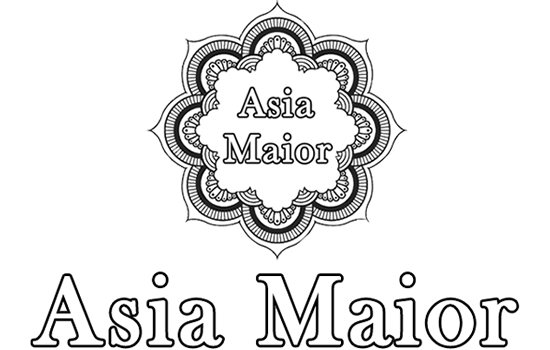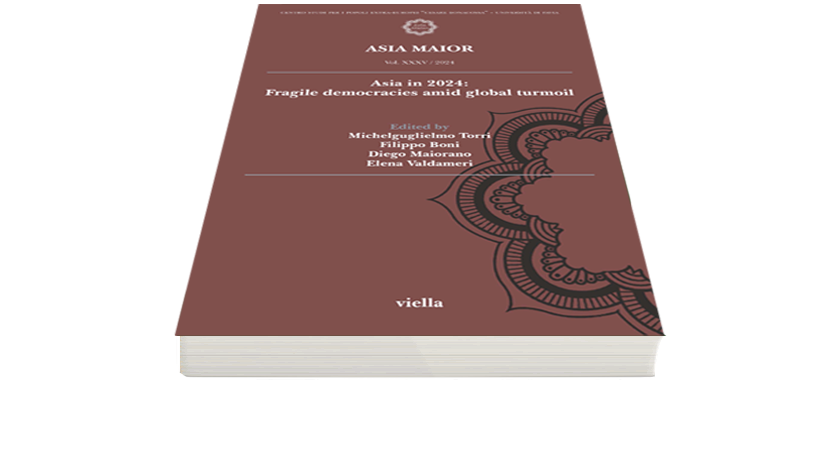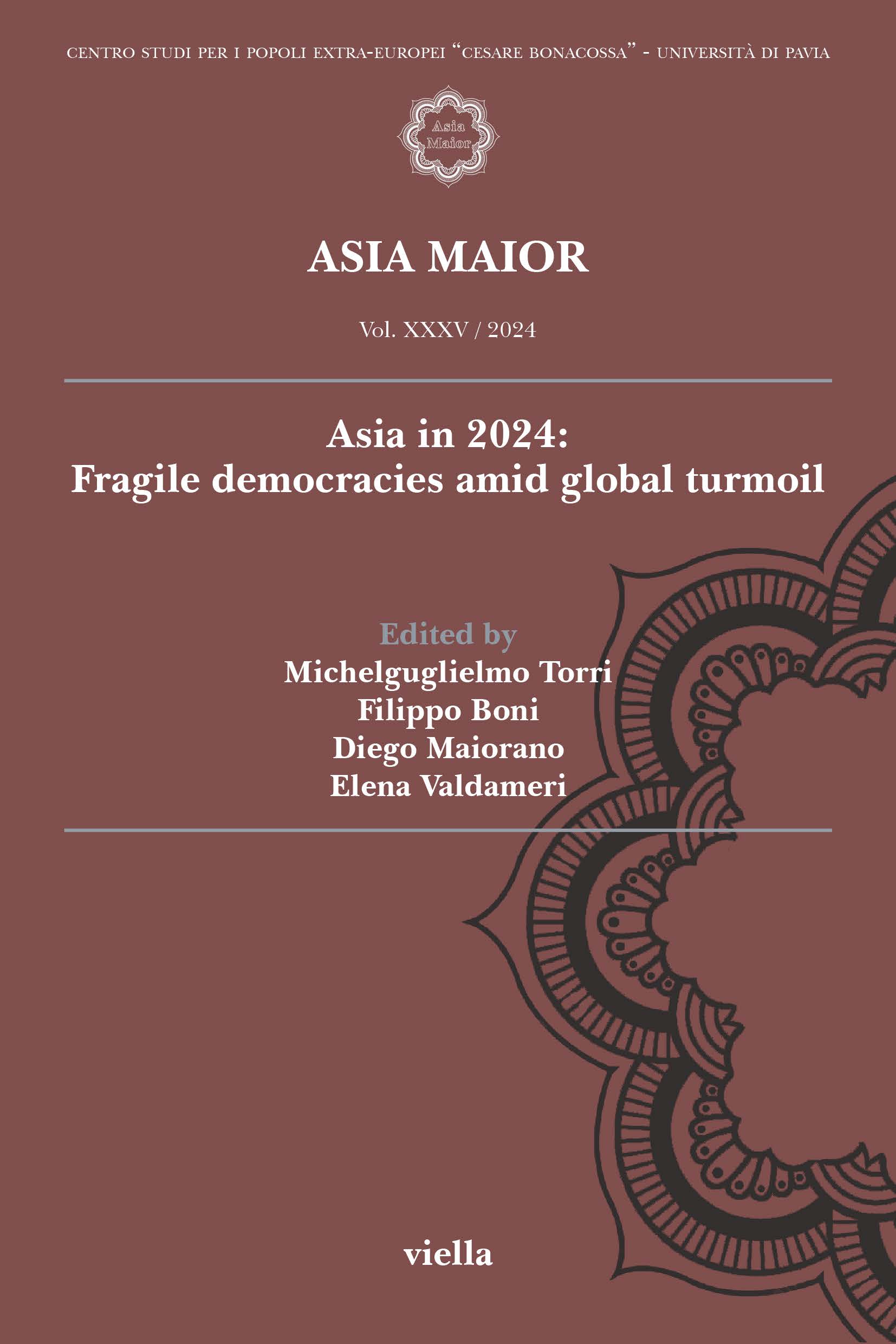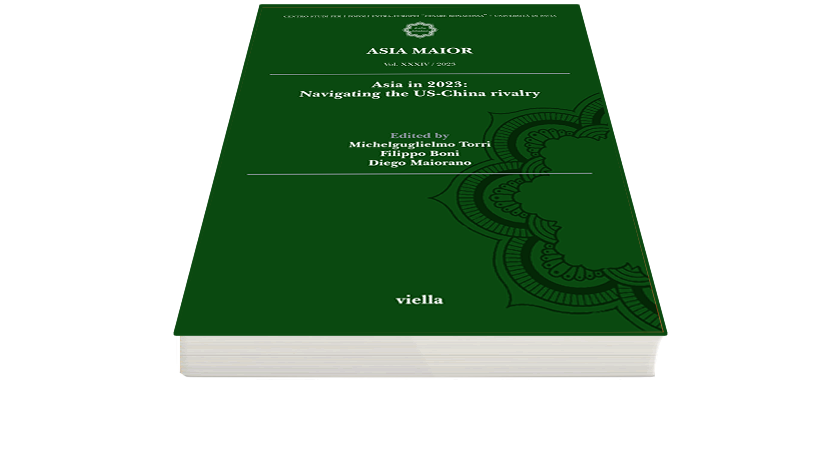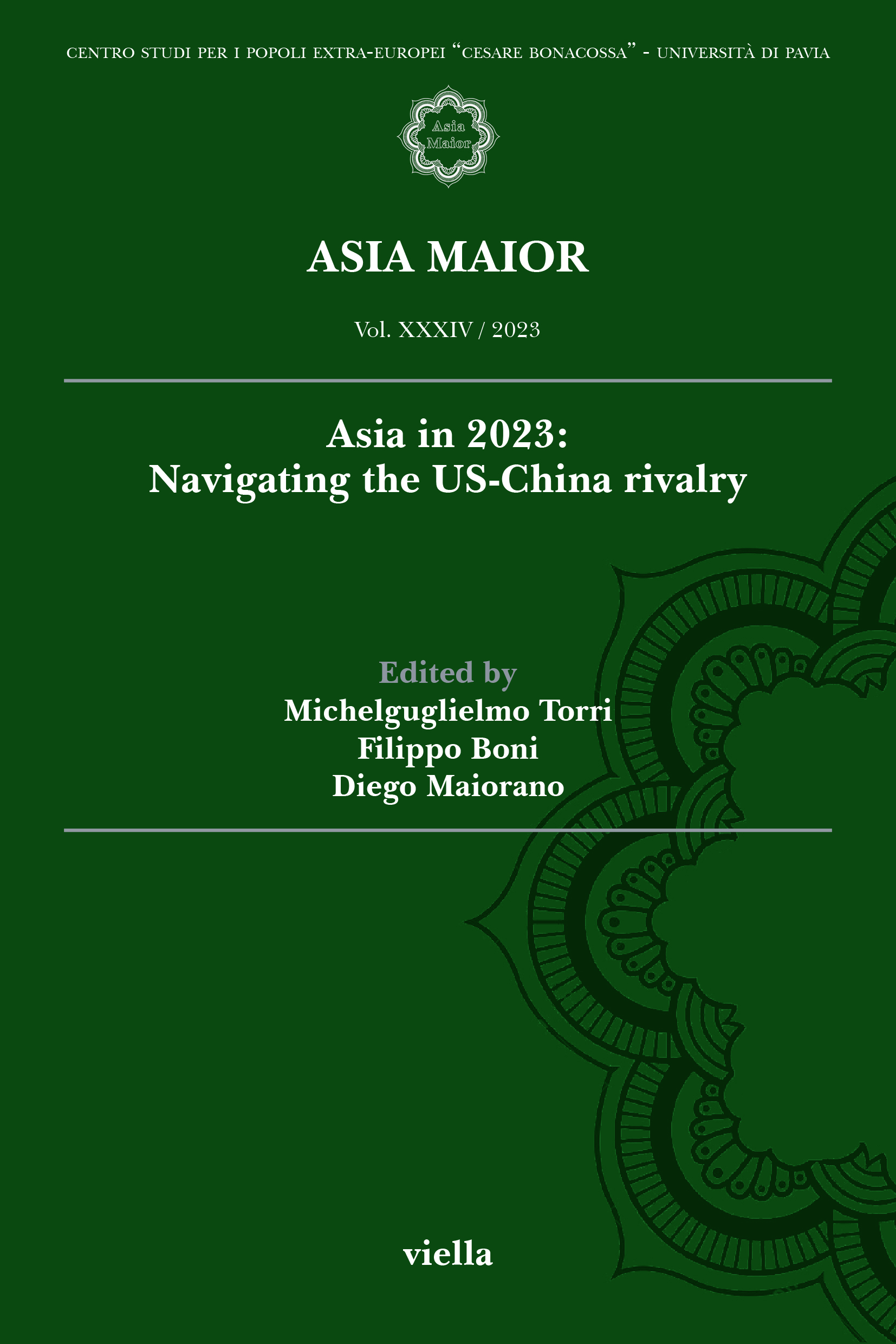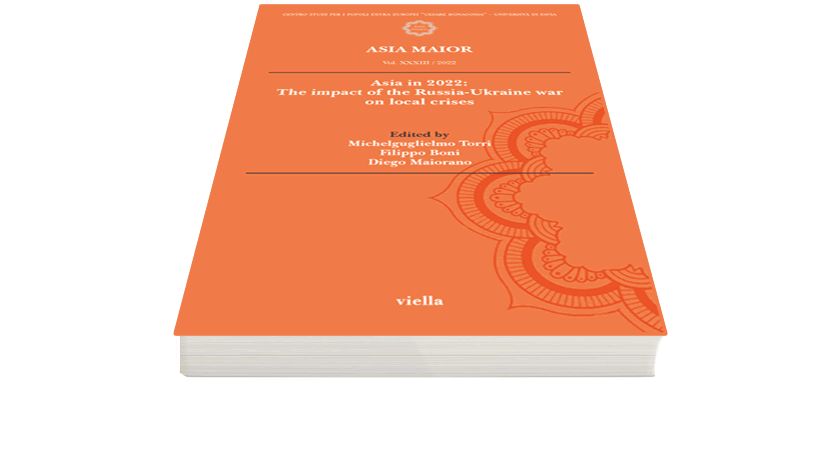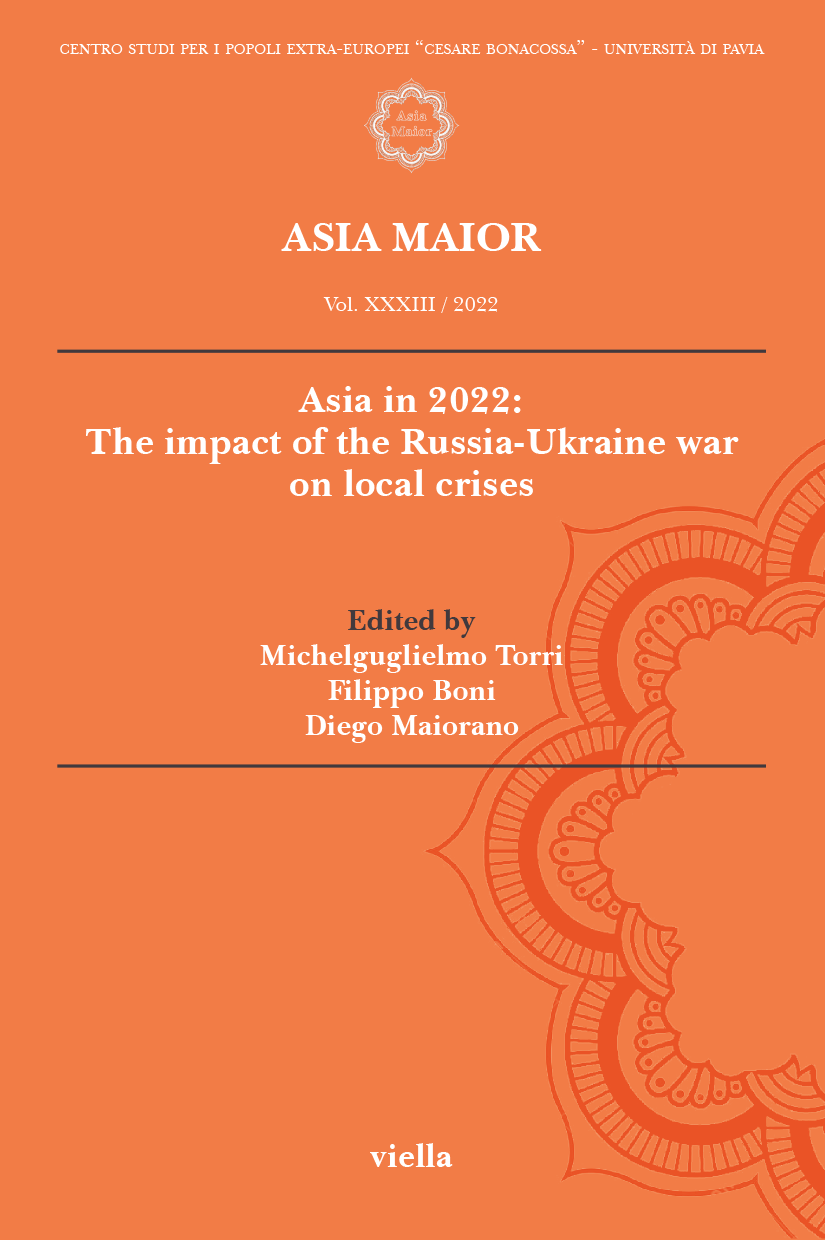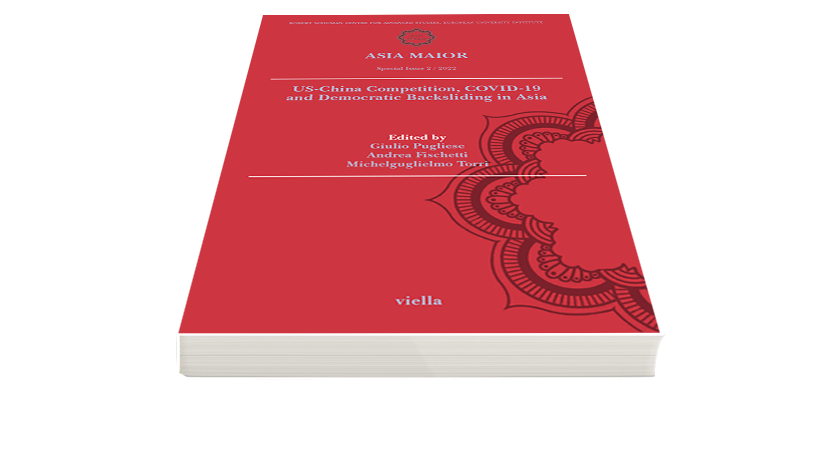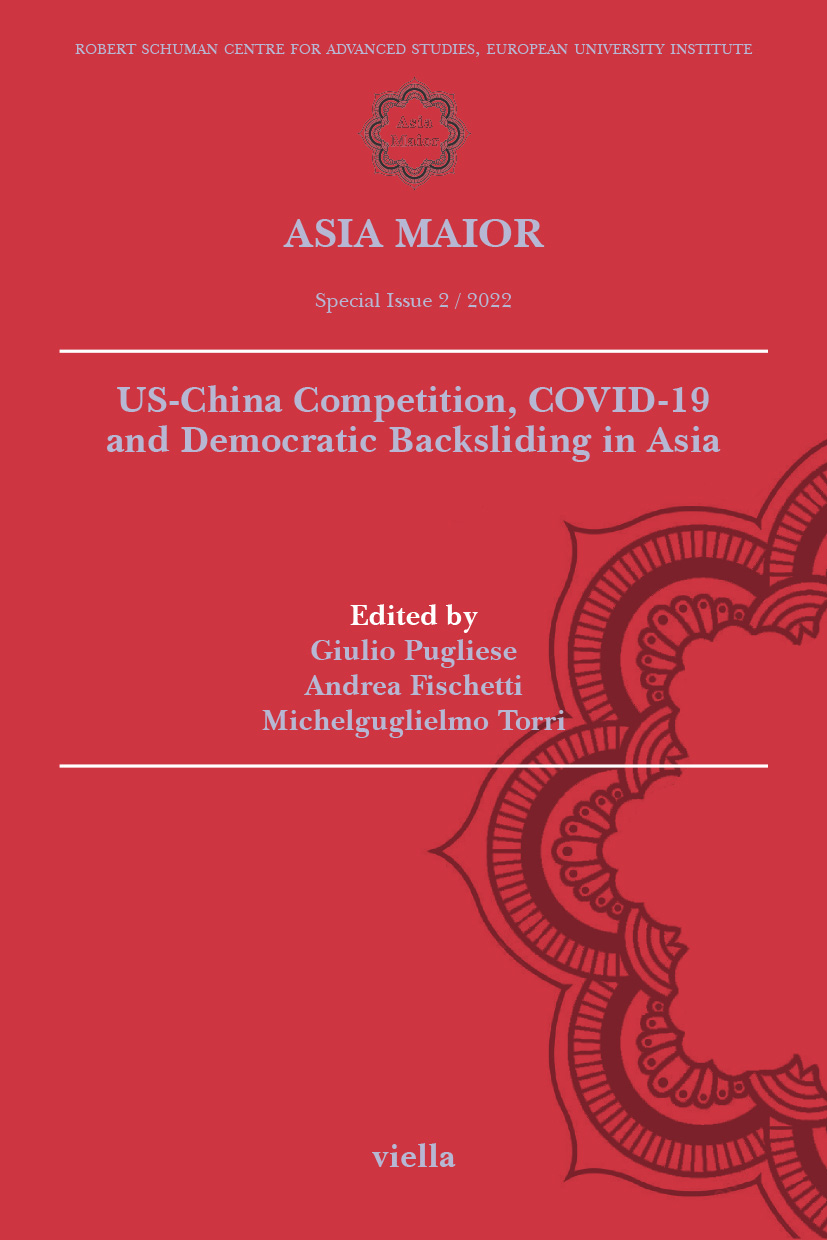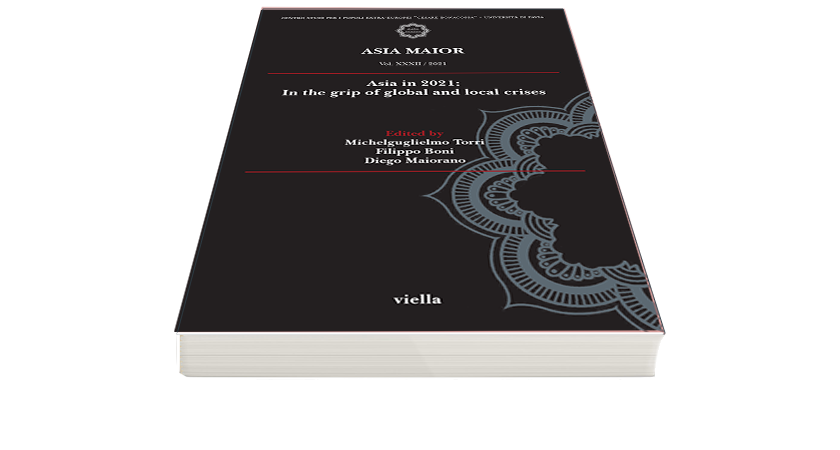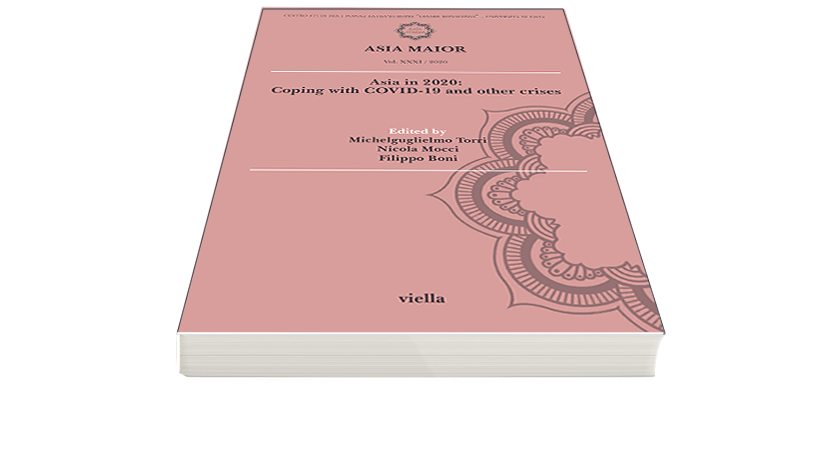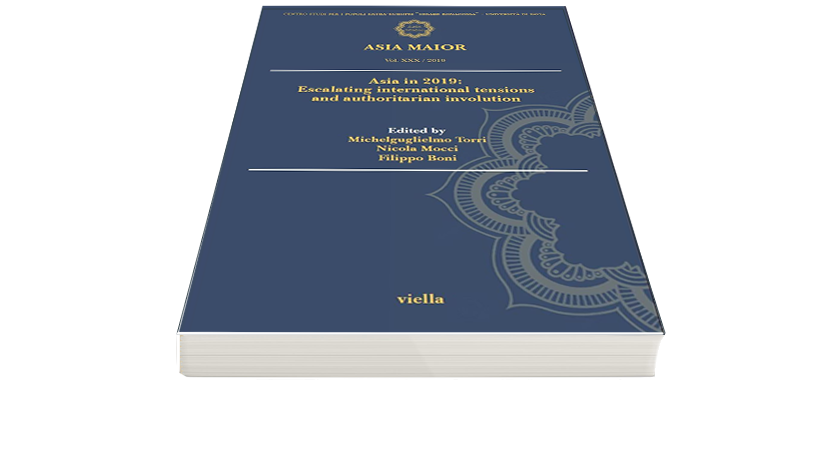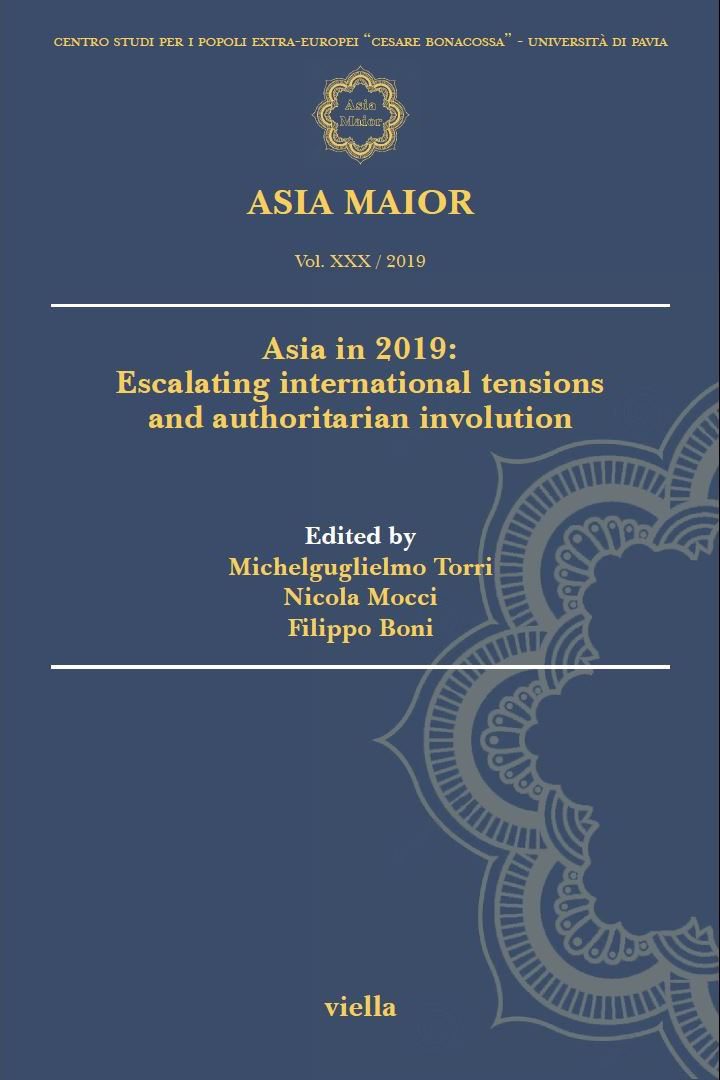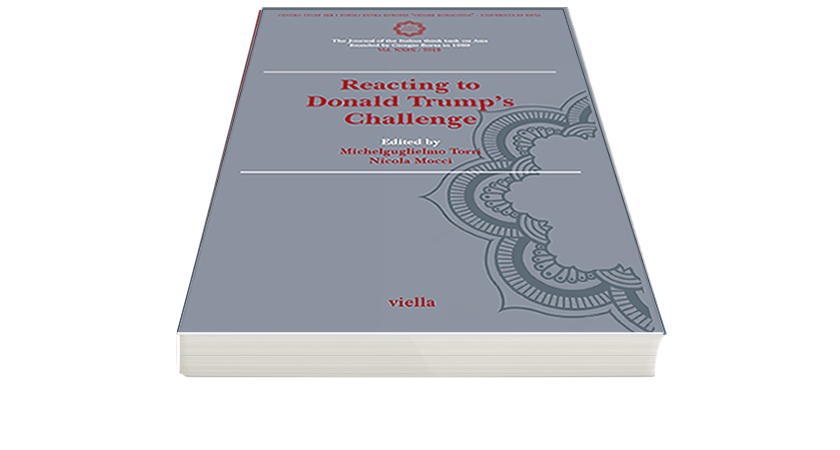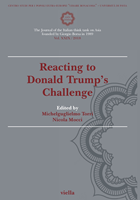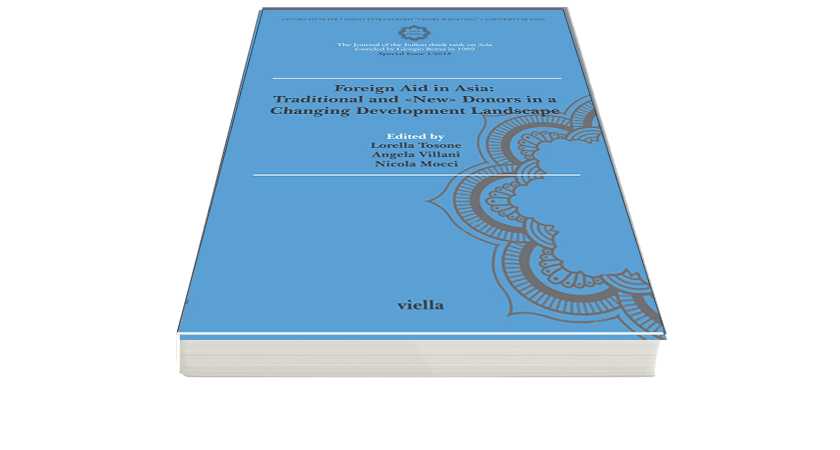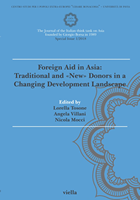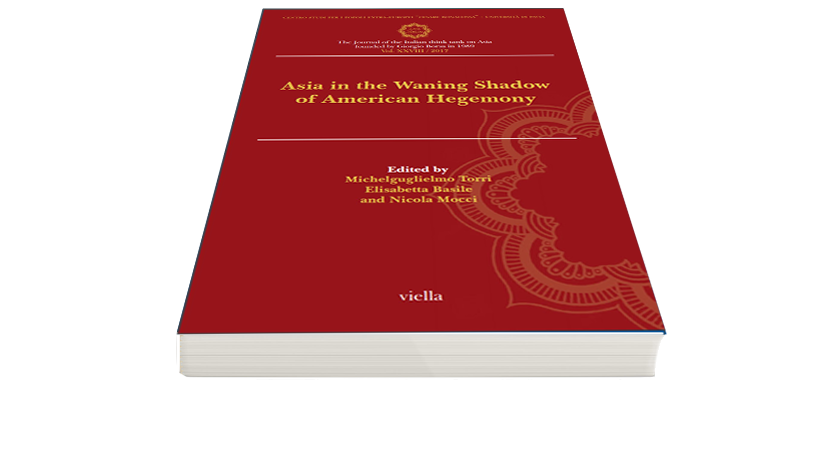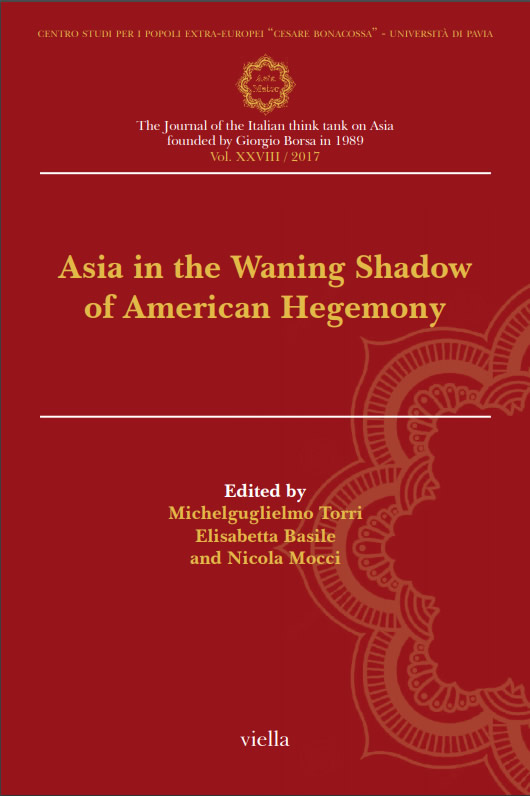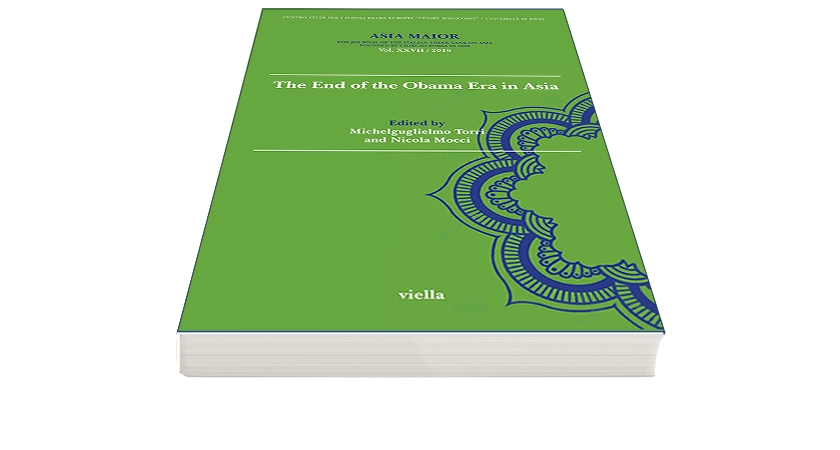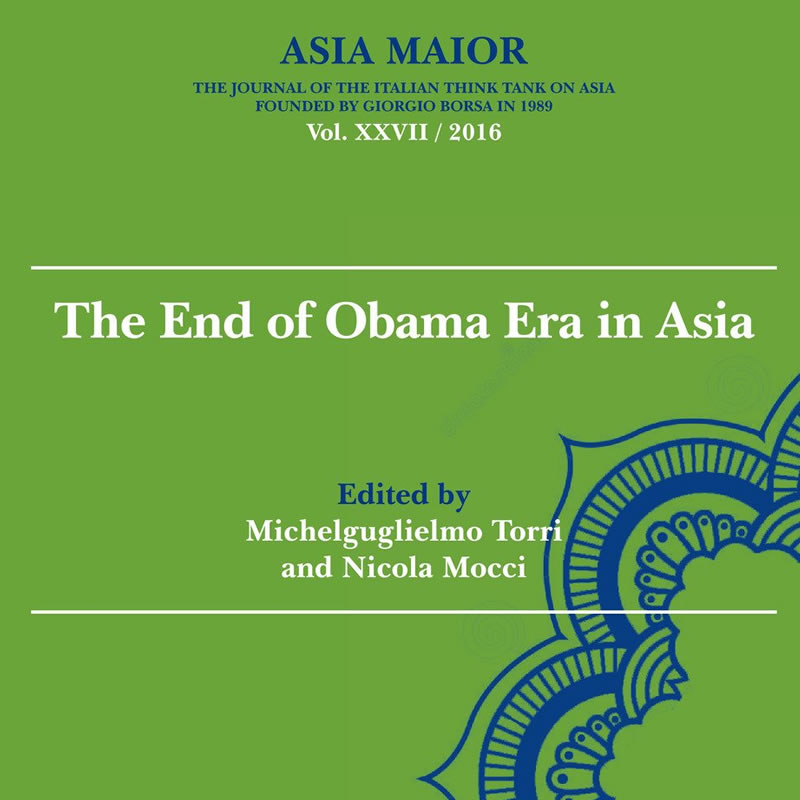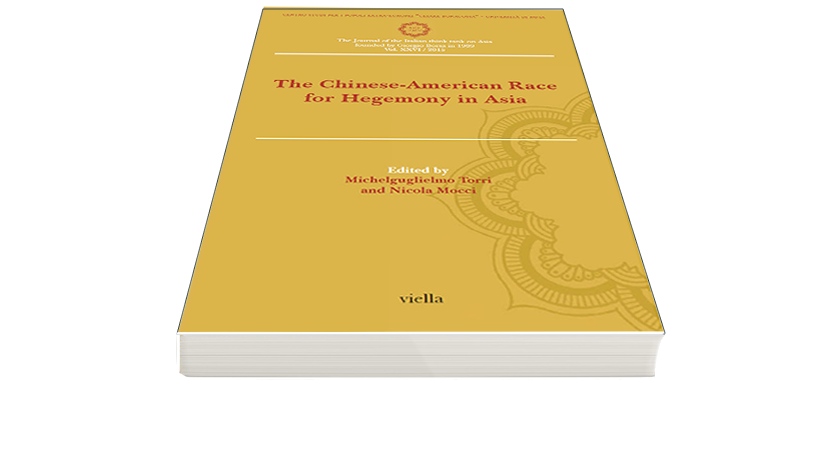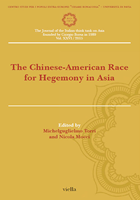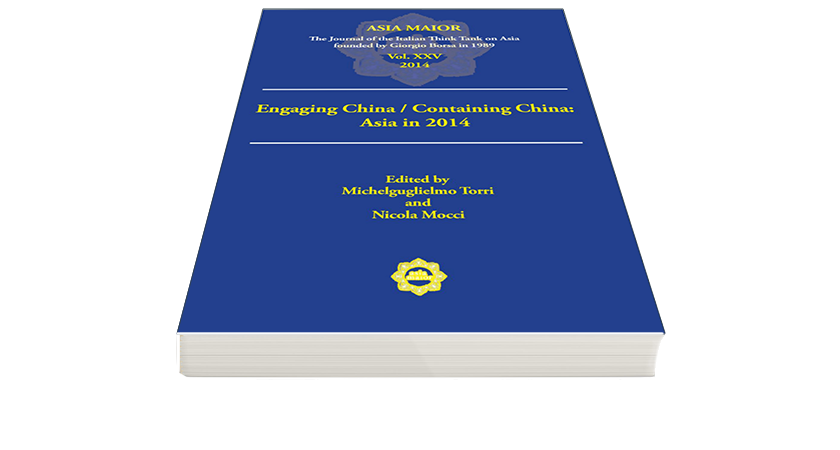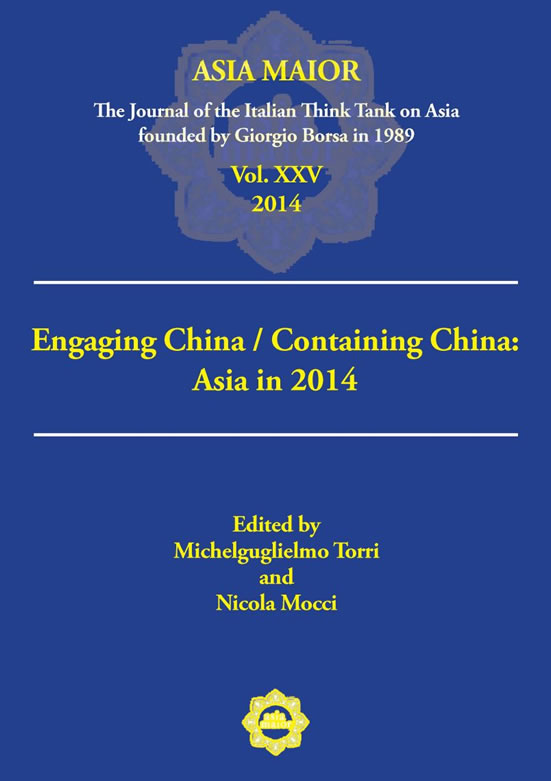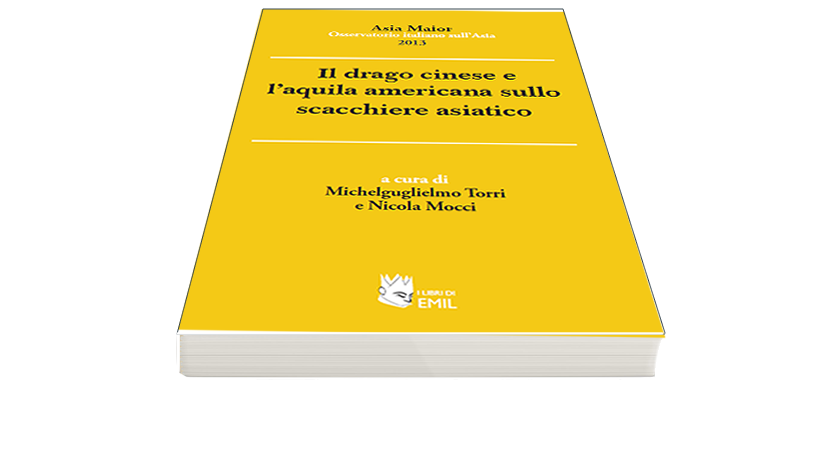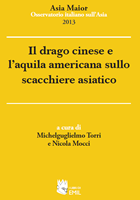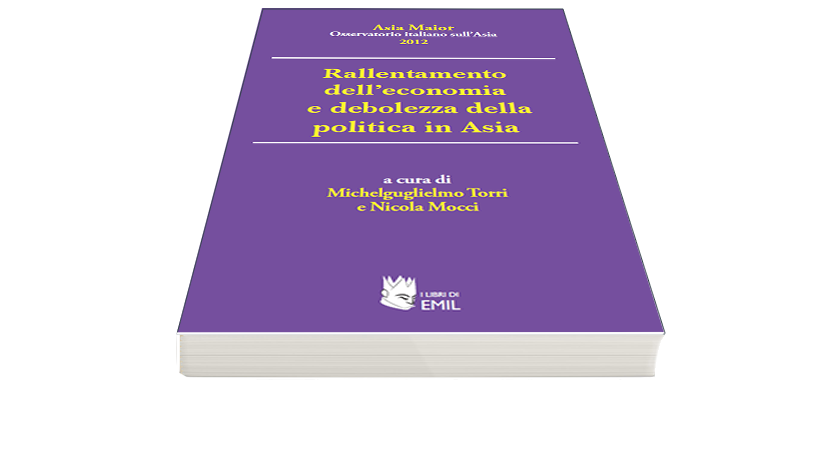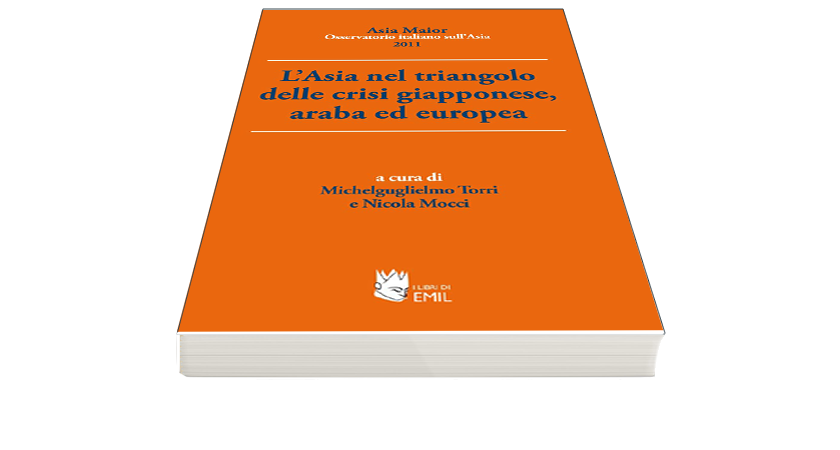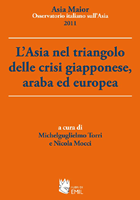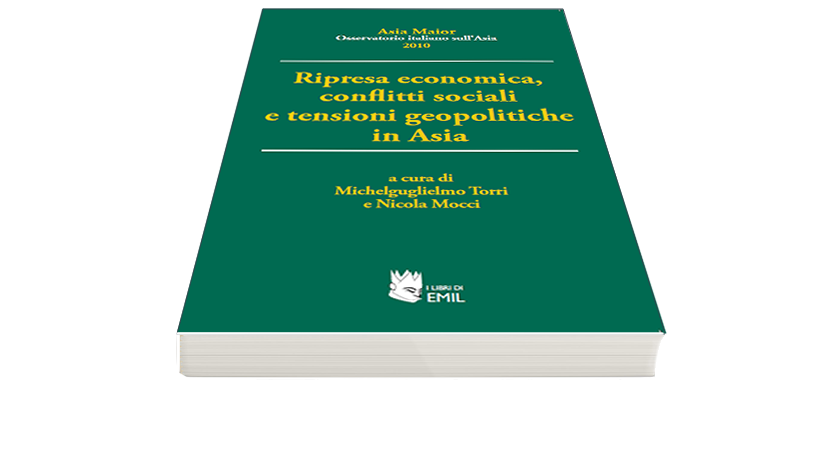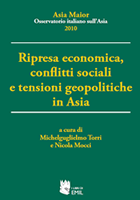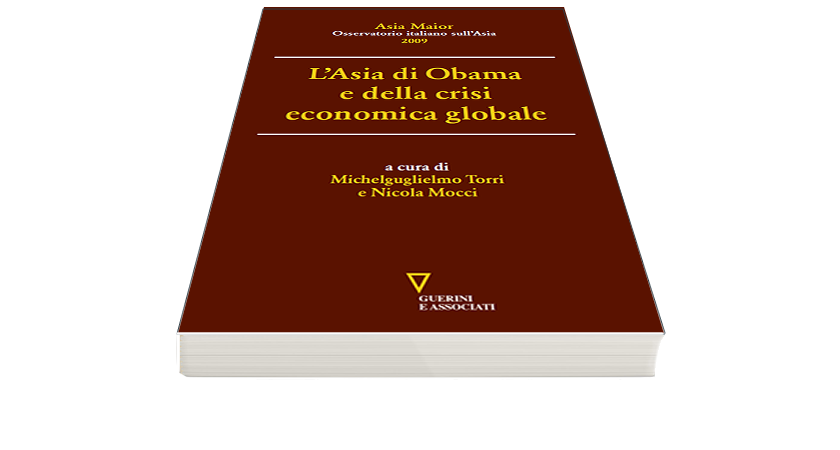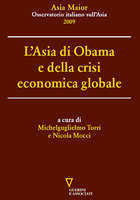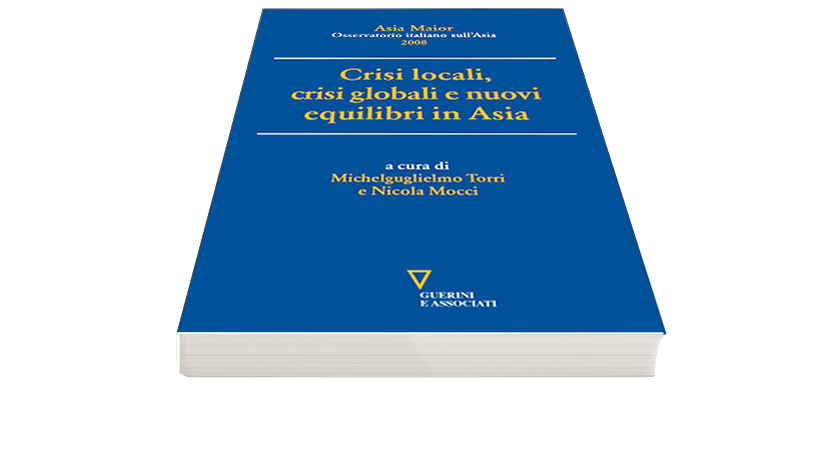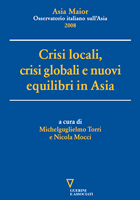Searching for Migrant Voices in the Global Archive
Available also in pdf – Download Pdf
Martin Dusinberre, Mooring the Global Archive: A Japanese Ship and its Migrant Histories, Cambridge: Cambridge University Press, 2023, 304 pp. (ISBN 978-1-009-34651-1). DOI: 10.1017/9781009346535
In his second monograph, Martin Dusinberre presents new research on Japanese labour migration to the Hawai‘i and Australia in the late nineteenth century, contextualising it within broader processes of imperialism, settler colonialism, and industrialisation. At the same time, he explores the coal extraction and trade that enabled steamships to move across the Asia-Pacific region. Adopting a global history framework, the book critically engages with established narratives, using empirical findings to address epistemic and methodological issues in a way that challenges established views. As the author states in the Preface [p. xxi], these methodological concerns lie at the heart of his study.
The book contains six chapters, each of which introduces a specific primary source – a painting, a court testimony (as quoted in a newspaper report), a map, a filed statement, or a diary entry – as a gateway into the case study under discussion. These sources frame broader analytical themes while also prompting reflections on historical methodology. Each chapter follows a similar structure: a discussion of the primary source leads to an investigation of a historical problem, followed by a concluding section where the author addresses the methodological implications of his findings. While the chapters can be read independently, their thematic coherence and consistent design contribute to the book’s overall unity.
Chapter 1 introduces the Yamashiro-maru, a Japanese steamer built in England in 1884, whose two-decade career included early service in the government-sponsored programme for labour migration to the Hawai’i (1885–94). The ship’s history serves as a starting point for the discussion of global interactions, but also to spark reflections on historical method. Dusinberre rejects the temptation to build a linear narrative by tracking the lifespan of the Yamashiro-maru, out of concern that such a conventional approach might lead him to pursue «a diffusionist view of progress» that would emphasise Japan’s effort to catch up with the West [p. 13]. He then signals two other «archival traps» of which he became aware in the course of his investigations. One is reliance on digitised collections that reproduce, or even amplify, the epistemic bias of their physical archives of origin. Through several examples across the book, Dusinberre makes it a point that institutional archives reflect the perspective of those who selected and recorded the information; therefore, they tend to underrepresent the voices of people that were subaltern because of their gender, social class or ethnicity. The other trap lies in the distraction written sources overall provide from other material evidence that can be crucial to filling archival gaps, as well as to understanding the specific context in which the archives were born and grew.
Chapter 2 explores Japanese migration to Hawai’i, focusing on the socio-economic motives, work conditions in the sugarcane fields and contrasting representations of the labourers by various institutional actors and press writers. Besides using sources to deconstruct the migrants’ supposedly homogenous identity, Dusinberre argues that, from the viewpoint of native Hawaiians, the main reason to promote immigration from Japan might have been not to solve a labour shortage problem, but rather to repopulate their islands through marriages with another Pacific nation whom they perceived as relatively close to themselves.
Chapter 3 complements the previous one by extending the inquiry to other sources that shed light on the mentality of migrant workers, their cultural background and the ties they maintained with their hometowns. The analysis centres on a specific case from Western Japan, that is the port town of Murotsu and its inland districts. Dusinberre concludes that the emigrants’ work culture, while familiar with concepts of economic circulation, did not embrace a labour-intensive mode of production; therefore, their attitude does not fit into the theory of an «industrious revolution» sustaining growth in nineteenth century Japan and parts of Europe. The chapter also reconsiders the relationship between Japanese immigrants and native Hawaiians, intervening in the historiographic debate over the former group’s possible role as conscious agents of settler colonialism. Dusinberre remains dubitative about intentionality but points out that successful immigrants in practice built their status upon a system of dispossession of the natives.
Chapter 4 shifts the scene of investigation to Australia’s Queensland and its sugar industry in the 1890s. Differently from Hawai’i, Japanese immigration there was not state-sponsored, but organised with the support of private enterprises. Dusinberre juxtaposes the economic interests that favoured the importation of labour, as well as the development of bilateral trade, with racially charged discourse on the «Japanese threat» to white workers in the Australian press and political circles. Owing to the Anglo-Japanese Treaty of Commerce of 1894, which granted Japanese subjects free entrance into the Dominions, the immigration issue became entangled with the question of Australian autonomy within the British empire.
Chapter 5, while keeping the main scene in Queensland, takes as object of inquiry another kind of labour, that is prostitution resulting from trafficking. Discussion stems from the case of Hashimoto Usa, a young woman who travelled from Nagasaki to Thursday Island in 1897 via Shanghai and Hong Kong. By dissecting a statement that Hashimoto made under interrogation, Dusinberre widens the scope of his analysis to regional trafficking routes and hubs of prostitution, spanning from Vladivostok to Batavia. He shows how Japanese officials monitored migrant prostitution in Australia as a problem that affected national reputation and could therefore hamper «respectable» migration. From the standpoint of method, the core question this chapter raises is how to read sources beyond the narrative framing that appears in the archive. Hashimoto’s case demonstrates that, even in a first-person testimony, the speaker’s viewpoint gets blurred under the filter of translation and written recording by other individuals.
In Chapter 6, the author departs from his focus on migrants to explore the logistics of steam navigation. He follows the path of a piece of coal from seam to ship, describing labour in Japanese mines, in the loading ports and aboard steamers. Dusinberre also stresses the strategic importance of Japanese coal for the development of Pacific navigation from about the 1860s. He reconsiders Commodore Matthew Perry’s earlier mission to Japan in the light of this geopolitical factor and concludes that securing access to fuel was a main drive of US policy towards that Asian country.
dc
Through its case studies, Mooring the Global Archive composes an articulate and nuanced picture of Japanese labour migration within the author’s selected time and geographic frame. The book does not touch on the developments of that phenomenon into the early twentieth century. This choice seems consistent with the exclusion of California, South America and other places from the geographic scope of discussion. Notwithstanding these intentional limits, the book captures well the regional dimension of migration and links it firmly to long-term processes of a global scale. The analysis blends meticulous research based on a wide range of primary sources with sophisticated conceptualisation on methodological issues. There are, however, some imbalances in the overall design.
In the first place, there is a gap between some of the author’s declared goals and the results he delivers. Although he aims to «contribute to a new literature which argues that Japanese overseas migrants were central to the making of the imperial state», or «Japanese state-building» [pp. 34, xx], the evidence presented does not substantiate this claim. Rather than proving the centrality of migration with respect to either Japan’s politics, economy or society, the book deals with peripheral topics and perspectives that usefully integrate research on more pivotal themes in the history of that country.
Secondly, and more strikingly, the author’s attempt to question dominant narratives by «positioning the labourers’ experiences and imaginations at the heart of [his] story» [p. 34] leads to few departures from sources that express the viewpoint of other actors. If the reader expects to find reference to diaries, private correspondence, legal testimonies or some material legacy, perhaps provided by the families of the descendants, then this work will disappoint. Aside from Hashimoto’s statement, a few individual voices surface in other documents relating to prostitution [pp. 190-91, 212]. Earlier on, in Chapter 2 [p. 92], Dusinberre quotes four passages from cane field songs collected by Franklin Odo (2013). In a logical tour de force, he links the sense of drifting these songs convey to the workers’ understanding of the circulation of goods and labour, to introduce his analysis of socio-economic conditions in Murotsu. The lack of first-hand testimonies in the book, however, may be justified by the relatively low literacy among migrants in the period examined (compulsory education was introduced in Japan in 1872), along with the difficulty to access sources outside the official archives.
A further methodological gap, in terms of divergence between aims and results, is the absence of Native Hawaiian and Indigenous Australian perspectives. In Chapter 2, Dusinberre acknowledges the need to overcome the «marginalization of Native Hawaiian voices» and finds a promising resource in «the huge collection of nineteenth-century Hawaiian-language newspapers which have now been digitized». However, he also admits that his «own language deficiencies have precluded [his] taking the lead in conducting such research» [pp. 73-74]. Consequently, his hypothesis of Hawaiian support for Japanese immigration as a means of repopulation rests on a single newspaper article, which he got translated by two assistants [p. 75, note 103]. In Chapter 4, he similarly argues for the need to reframe narratives on Australian history. In this case, his “archival departure point” is a bark painting by a contemporary Yolŋu artist, representing ancestral territory in a unified vision of land and sea. Dusinberre presents this artwork, and its legal implications, as an example of a worldview alternative to the one embedded in a map by a Japanese shipping company, the NYK. However, after remarking in this way the importance of directionality for the unsettling of colonial narratives, he acknowledges not having the skills to interrogate «the Yolŋu country archive» [p. 170]. Overall, Dusinberre’s renunciation to explore native sources is emblematic of the difficulty to research global history by relying only on one’s own professional skills and cultural background. As he aptly concludes, «herein lies one impetus for collaborative research projects» [p. 170].
Concerning the book structure, it is noteworthy that chapters do not include a paragraph or section devoted to reviewing the literature on major topics in a systematic way. Reference to previous scholarship is abundant but comes interspersed with the presentation of the author’s own findings and methodological reflections at the expense of clarity. Some critique to concepts and trends in historiography would have deserved further space in the main body of the text. In the final note to Chapter 6, for instance, Dusinberre mentions that his approach to this part of the book «has encapsulated the so-called volumetric turn in history» [p. 266], then provides reference to a journal article without further comments. To the non-specialized reader, the lack of literature review sections might make it difficult to appreciate the book’s contribution to the study of overseas migration and other topics.
In the seamless flow of narration and analysis that makes up this book, an unusual feature is the high frequency of metahistorical passages on the author’s «practical positionality». In response to Marc Bloc’s invitation to show the reader «the site of an investigation» [p. xxi], Dusinberre explains continuously how he conducted research and what he thought in the process. Though functional to addressing the epistemic questions that constitute one of the main concerns of the book, this approach leads at times to the reporting of superfluous details. Professional historians will relate sympathetically to the situations described (as negotiating with one’s spouse a detour from holiday in search of sources), but some of this information adds little, if anything, to the reader’s understanding of the intellectual process behind research. Furthermore, at certain points the author projects his expectations onto the description of sources. In presenting the NYK map, for instance, he notes that «its emboldened shipping routes seemed wilfully to cut across transpacific tensions over race and migration» [p. 126]. After reading the book, this reviewer was left with the impression that, among the many voices gathered in its chapters, Dusinberre’s was the loudest.
Despite these reservations, Mooring the Global Archive is a piece of solid research that deserves attention. Besides contributing to the advance of global history with a wealth of empirical evidence, it tackles methodological issues of wide relevance in an innovative way.
References
Bloc, Marc, The Historian’s Craft, trans. Peter Putnam, Manchester: Manchester University Press, 2015 [1949].
Odo, Franklin, Voices from the Canefields: Folksongs from Japanese Immigrant Workers in Hawai’i, New York: Oxford University Press, 2013.
Asia Maior, XXXV / 2024
© Viella s.r.l. & Associazione Asia Maior
ISSN 2385-2526
